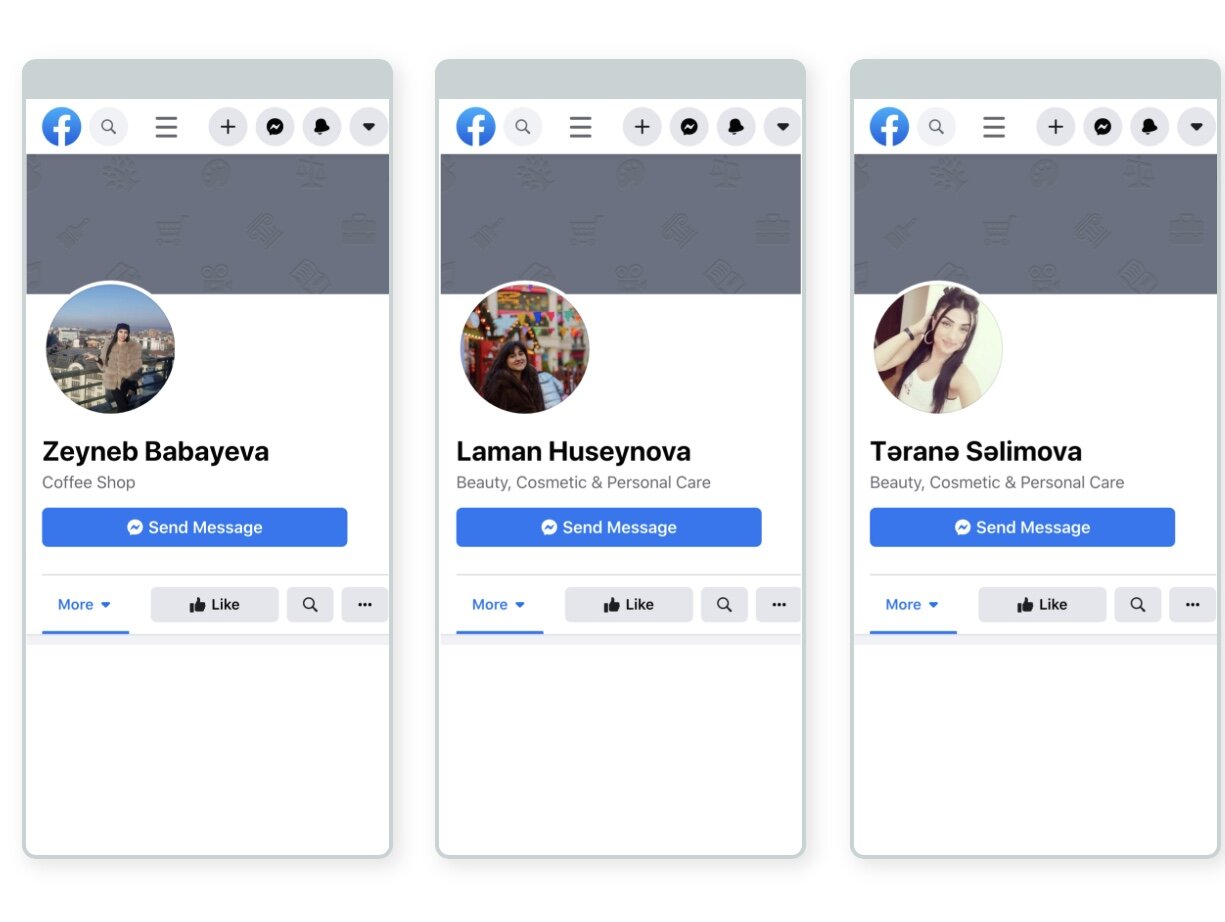A man was arrested earlier this week for driving recklessly in the Bay Area, but this was not an ordinary speeding ticket or DUI. The man was reportedly cruising in the backseat of a Tesla, on more than one occasion, with nobody else in the driver’s seat.
Over the past few weeks, Tesla has said this was impossible. Elon Musk denied that Autopilot was engaged during a deadly accident last month near Houston. During the company’s quarterly earnings call at the end of April, he said that journalists should be ashamed of their coverage of the crash. Local authorities initially told reporters that nobody was in the driver’s seat when first responders arrived, which many news outlets, including the WSJ, covered. On April 19, in response to someone’s skepticism about the coverage, Musk tweeted, “Your research as a private individual is better than professionals @WSJ!”
It wouldn’t be the first time Tesla owners outwitted their cars, though.
Read MoreTech companies like Twitter, Facebook and Microsoft have embraced the idea flexible, hybrid and remote work as the new normal for their corporate workforces. Apple appears on board to some extent, though CEO Tim Cook has said he still values in-person collaboration. Google was a bit vague about its plans but after internal pushback said it would allow more flexibility. Amazon eventually wants most people back in the office.
It’s a sign of changing expectations from employees, who want flexibility to work from the location of their choosing whether it’s at home or the office.
But it’s also a good moment to remember that there’s always been a so-called K-shaped economy.
Read MoreTook Muni for the first time today in a over a year, a privilege lots of people haven’t had. Was heading back to my old apartment near the ballpark in order to finish up some packing and decided to take a 14 Mission bus from 16th Street BART. Missed the bus by a minute, so I took the next one — a 49 Van Ness, which would get me partway home. I hopped off at Mission and Van Ness, hoping to catch the next 14.
Read MoreYesterday, the Guardian published details about a loophole used by state actors around the world to push fake engagement on Facebook: specifically, creating Pages that look like regular user profiles. Today the Guardian profiled two examples of blatant “coordinated inauthentic behavior” utilizing this loophole that Facebook repeatedly ignored in favor of prioritizing its resources and attention on the US and Western Europe.
Read MoreToday, the Guardian detailed a loophole used by state actors to push fake engagement. It involves creating fake Pages that are made to look like real user profiles, effectively skirting Facebook’s policy on authentic user accounts
Read More



